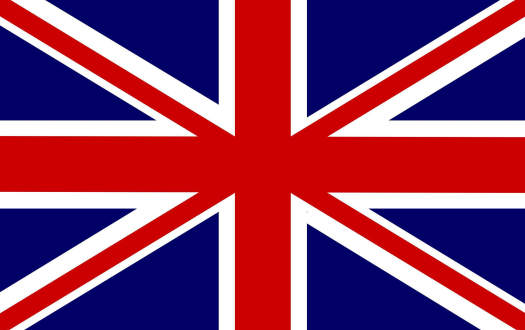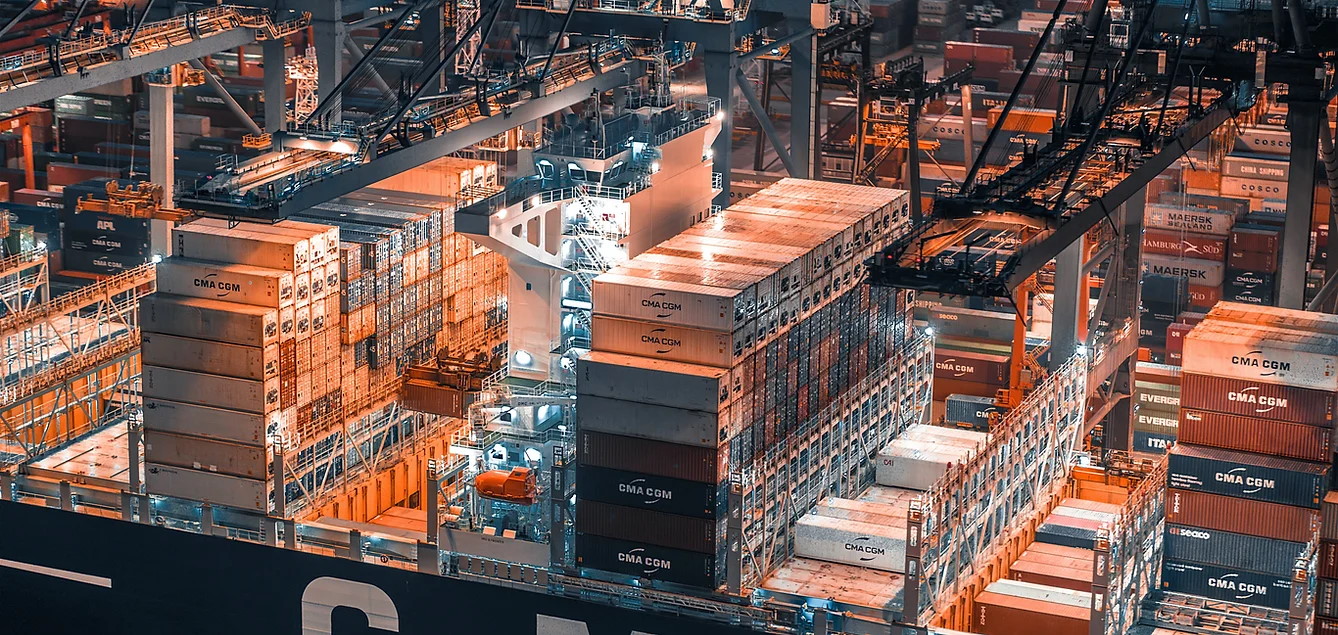
Is it profitable to export or import your goods? What import, export duties and fees will need to be paid? Does your product require additional permits for import or export? All these questions will be answered by the correctly selected code of your product according to the Harmonized System (HS).
Each state protects its economic borders. They established duties on import and export goods. They introduce excise duties and apply non-tariff regulation. The rate of duty or excise duty depends on many factors. But the main ones are the presence of own production, the volume of such production and the demand for certain goods on the domestic and foreign markets. For example, if a country has its own production that satisfies all domestic demand for a product, then most likely, the import duty on such a product will be high. The import of such goods will be accompanied by the application of non-tariff regulation (obtaining permits, certificates, licenses, etc.). But export, on the contrary, can be simplified. But if the domestic production of goods is not enough to meet the domestic demand, then the level of the import duty will most likely be low. To stimulate sales of such goods on the domestic market, temporary or permanent export duties may be introduced.
The selling price of a unit of your product will depend on the duty rate, the cost and the time it takes to obtain permits. Therefore, it is very important to carefully approach the selection of the product code according to the HS.
To correctly determine the code of your product, it will be enough to confirm its physical and technical characteristics or chemical composition, as well as the field of application. Supporting documents can be: quality certificates, technical passports, safety sheets, test reports, various booklets, instructions, etc. These documents can be developed both by internal divisions of the company and by external, independent laboratories, scientific or certification bodies.
Declarants or customs brokers are most often involved in the selection and determination of the product code. If the provided documents are not enough to make a final decision on the HS code, external, independent institutions can come to the rescue. The Chamber of Commerce and Industry, Derzzhovshininform, the Central Customs Laboratory or even the Research Institute of Forensic Expertise can help you determine the HS code.
The final information on the product code will give the final data on the rate of duty and excise duty. The list of documents on non-tariff regulation will help determine the cost and terms of their receipt. And the list of agreements and documents for granting preferences allows you to correctly calculate the price of your product on one or another foreign market.
Our declarants have extensive experience in determining the codes of various goods. Help on the product code from our specialists will allow you to calculate customs payments and the final price of the product as accurately as possible.





